LIGHTS TO FLAG: Jaime Alguersuari on his teenage F1 debut, life as a Red Bull junior and swapping motorsport for music
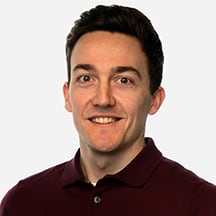
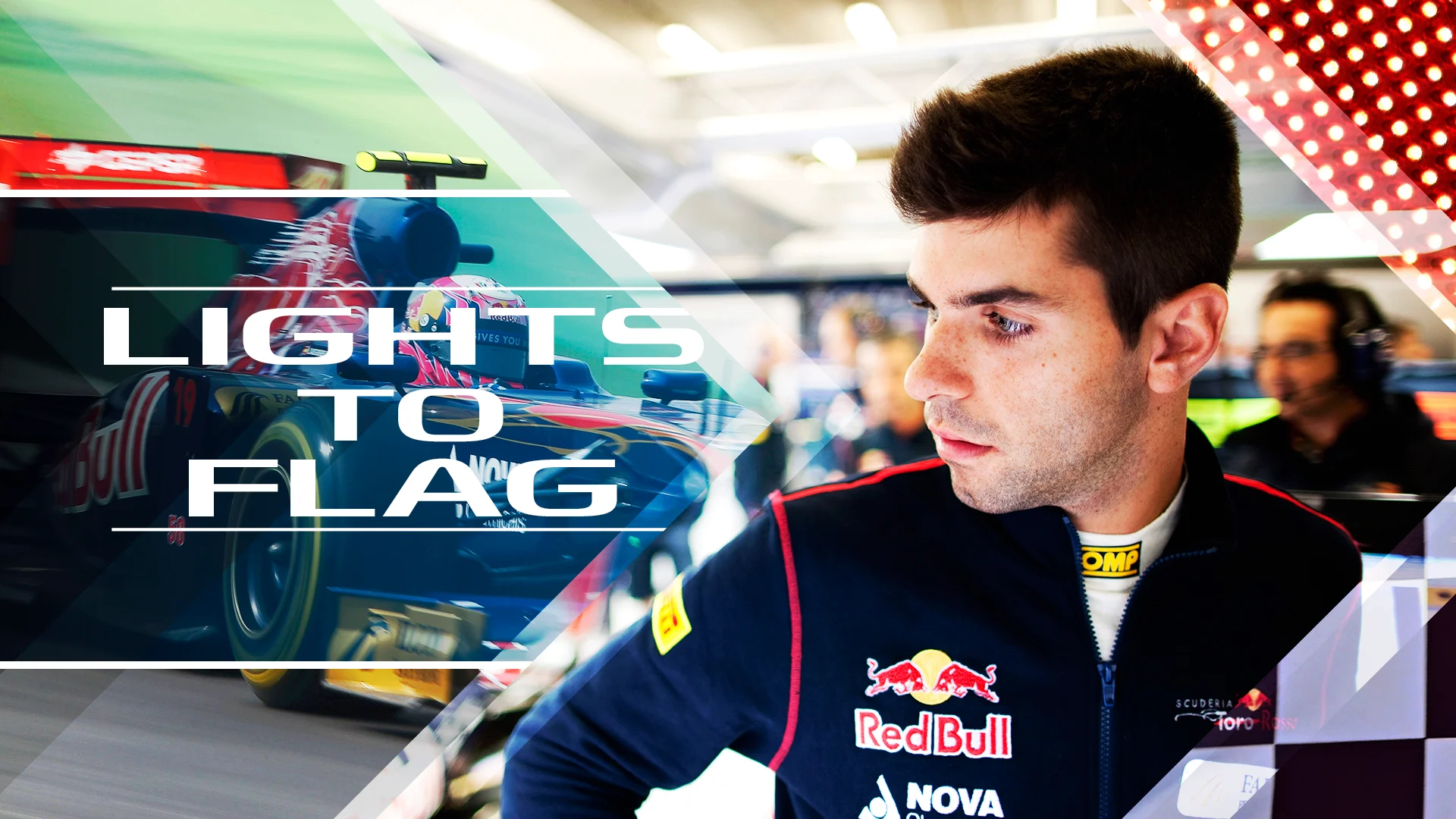
Jaime Alguersuari may still be only 33 years old, but the Spaniard has experienced plenty in his life so far, becoming the then youngest ever driver in F1 history with Toro Rosso in the late-noughties, only to abruptly lose his seat after two-and-a-half seasons and then fall out of love with motorsport, sending him down a completely different route toward a career in music.
In our latest Lights to Flag feature, Alguersuari reflects on joining Red Bull’s junior programme as a 15-year-old, being thrust into the F1 spotlight midway through the 2009 season, doing his best to establish himself in the sport and why he later swapped the cockpit for DJ decks…
Next Up
Related Articles
 Watch as the F1 grid does Secret Santa for 2025
Watch as the F1 grid does Secret Santa for 2025 Celebrating the first F1 Allwyn Global Community Awards
Celebrating the first F1 Allwyn Global Community Awards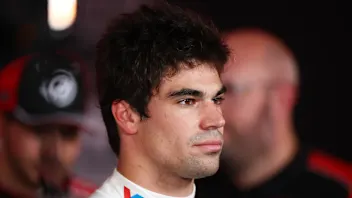 Stroll opens up on 'noise' that has followed him in F1
Stroll opens up on 'noise' that has followed him in F1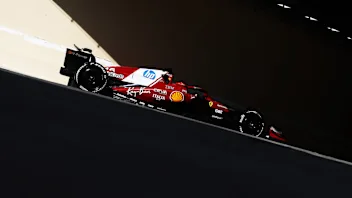 Ferrari confirm launch date for 2026 campaign
Ferrari confirm launch date for 2026 campaign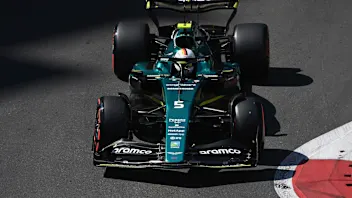 11 times F1 drivers took another driver’s car number
11 times F1 drivers took another driver’s car number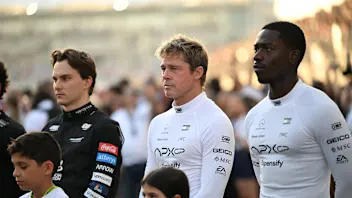 ExclusiveHow APXGP was brought to life by costume designer Julian Day
ExclusiveHow APXGP was brought to life by costume designer Julian Day
